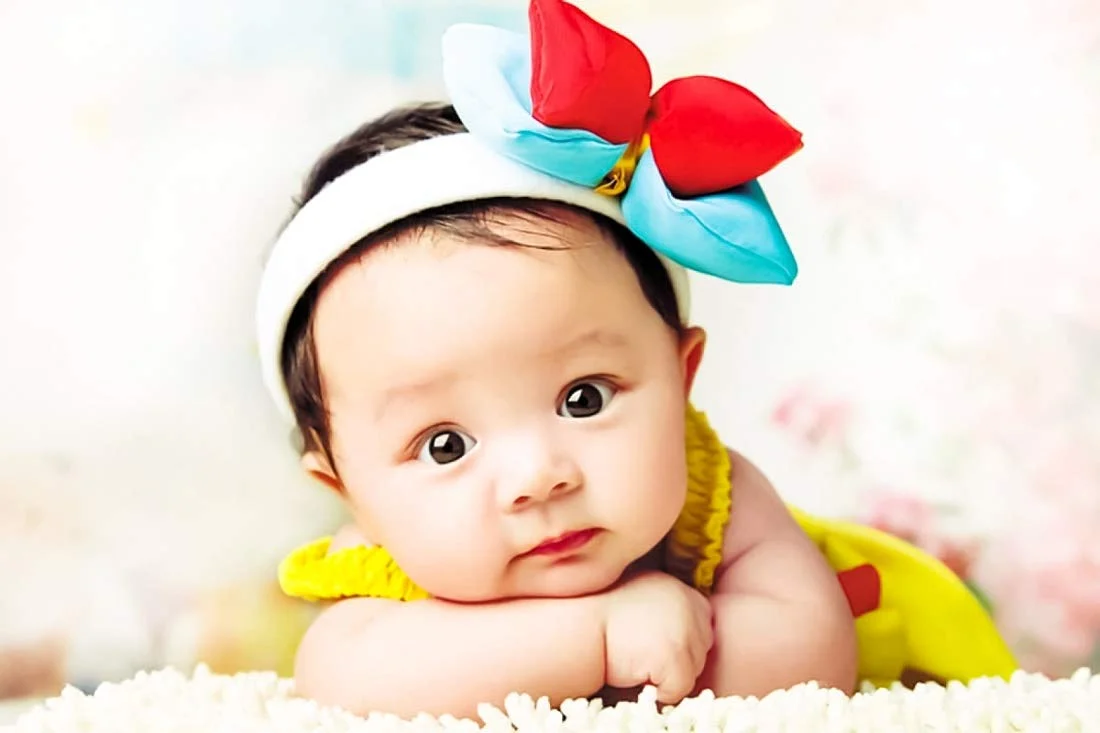When my son, Lucas, who has autism, was four years old, he managed to consume almost an entire foam puzzle while I was taking a shower. When I emerged, he appeared completely unfazed, blinking at me with his wide, cerulean eyes. However, I was incredibly distressed.
“Why did you do that?” I asked, my fear evident in my voice.
He seemed indifferent but tilted his head slightly upwards to look at me.
“Do you think you’re a goat?” I exclaimed, frustration creeping into my tone.
He maintained his blank stare, likely thinking: Her face looks better from a distance.
And yet, he said nothing. After all, he was nonverbal due to his autism.
I shook my head firmly. “NO!” I insisted, pointing at the remnants of the chewed foam. “NO EAT!”
He mimicked my head shake repeatedly.
I bundled him and his brother into their winter gear and rushed to the Children’s Emergency Room. The doctors assured me that the foam posed little risk, but they admitted him for observation. Perhaps they felt sympathy for a pregnant mother juggling two toddlers, one of whom had a tendency to eat inedible objects. I couldn’t bear to mention my six-year-old daughter waiting for me at school, possibly wandering the neighborhood.
While Lucas was under observation, I requested a psychiatric evaluation. Initially, I resorted to what could only be described as a tantrum, but when I noticed the staff’s concerned glances, I opted for a more composed approach. The resident informed me that the child psychiatrist may not be available. Thankfully, this turned out to be incorrect.
Since Lucas was diagnosed at the age of two, we had engaged with numerous therapists, psychologists, and speech professionals. I felt overwhelmed, fearing that I wasn’t doing enough for him. Some days, I would sit paralyzed in the kitchen, while on others, I’d develop intricate therapy plans to address his behaviors. Still, we had never consulted a child psychiatrist, and with the looming threat of another episode, I had countless questions.
The psychiatrist was straightforward yet compassionate. His candid remarks left Lucas’s father and me with a mix of relief and apprehension. For the first time, someone spoke frankly about our son’s condition, which was just beginning to gain attention in the media.
“Your son has classic autism,” the psychiatrist stated. “There’s no cure. Anyone claiming to have ‘cured’ their child of autism likely didn’t have a child with autism. It’s that simple.”
Instead of feeling despondent, I felt a sense of relief wash over me. It became clear that I no longer had to battle an invisible enemy. The relentless fight was exhausting, and I realized that it could ultimately lead to our defeat.
A discomforting truth had been gnawing at me for months: Lucas didn’t seem to mind being autistic. In fact, he appeared genuinely content.
From that day forward, I ceased my efforts to change who he was. This doesn’t imply that I stopped advocating for occupational or speech therapy, or that I didn’t guide him when he would jump around during family movie nights. I still believed in therapeutic support and providing him with the best opportunities.
However, I began to set realistic expectations, focusing on helping Lucas be the best version of himself. Most importantly, I stopped trying to eradicate autism from our lives and instead embraced it as a part of who he was.
This shift in perspective transformed my approach; rather than viewing autism as an adversary, I welcomed it as a part of our reality. I understand this method may not resonate with everyone. Some parents may perceive it as a form of surrender, but to me, it was simply moving forward.
I respect that other parents may not share this viewpoint, and I don’t wish to engage in debates over our differing philosophies. The autistic community faces enough division as is. My acceptance of Lucas’s diagnosis should not be contentious.
At the heart of it, we are all mothers of children who may flap, jump, wander, or make noises that attract attention. Discussions about vaccines, diets, and acceptance can distract us from our shared experiences. Let’s agree to disagree when necessary and redirect our focus toward a more collaborative effort—perhaps even uniting in our collective disdain for certain public figures who misrepresent our experiences.
In summary, my journey with Lucas taught me to embrace autism rather than fight it. This acceptance has fostered a more peaceful coexistence with his condition, allowing us to focus on what truly matters: his well-being and happiness.
For more insights into fertility and related topics, you can explore additional resources like this informative blog, or check out Make a Mom for guidance on improving fertility. For a deeper understanding of pregnancy and home insemination, consider visiting Facts About Fertility.
